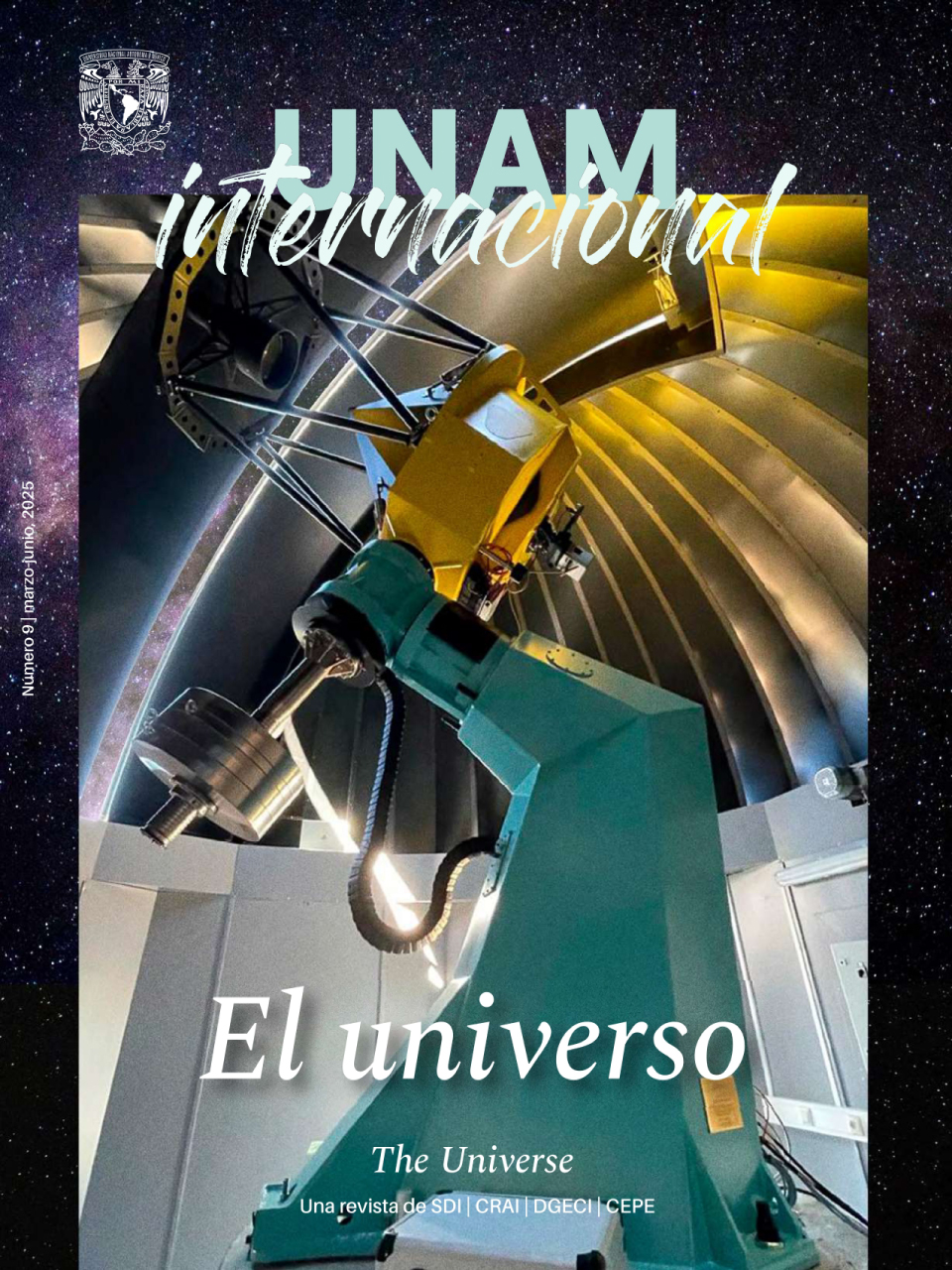31-03-2025
The Real Weight of Mexican Astronomical Research
Mexican participation in international astronomy can be seen through the authorship of research articles. Considering the most relevant journals in astronomy and astrophysics, researchers in Mexico have a clear and growing contribution to the world’s new knowledge in the field. Considering Mexico’s relatively low number of astronomers (about three per million habitants) researchers in Mexican institutions participate in about three per cent of the articles yearly published in the journals considered: Astronomical Journal, Astronomy Astrophysics, Astrophysical Journal, Monthly Notices of the Royal Astronomical Society, Nature, Physical Review, Science and Space Science Reviews (including their Letter and Supplement Series).Before the 90’s there were less than a handful of astronomical research institutions in Mexico, and the national contribution to research articles was less than a half percent. Since then, the number of researchers and institutions have grown more than ten times, highly harvested through the formation of new professionals abroad, academic exchange, and the participation in international collaborations, projects, and partnerships.
Today’s figures also show Mexican participation in astronomy in high-impact research. The relative citation impact of articles with authors in Mexico has also grown steadily, above the average impact of the articles in main astronomy and astrophysics journals. This also show that researchers in Mexico are part of several of the main large international collaborations of the last decade [see box].
Mexican participation in top Astronomy & Astrophysics journals

Articles and citations from the astrophysics data system (https://ui.adsabs.harvard.edu). Top-Jounals considered: A&A; AJ, ApJ, MNRAS, Nature, Science, PhRv, SSRv and their Letter and Supplement Series.
SConsiders only refereed articles within the Astronomy database of the ADS. Impact refers to citations to each article since its publication year (accumulated up to March 18, 2025.
International Collaborations in Astronomy and Astrophysics with Mexican Presence (among others)
- Multi-messenger follow up of GW sources.
- Event Horizon Telescope.
- Fermi Large Area Telescope.
- Sloan Digital Sky Survey.
- Plank Observatory.
- Alpha-Magnetic Spectrometer (International Space Station).
- Dark Energy Spectroscopic Instrument.
- High Altitude Water Cherenkov Observatory.
- Pierre Auger Observatory.
- CARMENERS Radial Velocity Survey.
- The miniJPAS Survey.
- CO Heterodyne Inner Milky Way Plane Survey.
- The Southern Photometric Local Universe Survey.
- The PHEMU03 Campaing on Jupiter’s Eclipses and Ocultations.
- The CHaracterising ExOPlanet Satellite (CHEOPS).
- The Very-Long Baseline Interferometer.
- IceCube Neuytrini Observatory.
- SCUBA-2 Camera on the JCMT Space Telescope.
- The Cherenkov Telescope Array.
- The New Wide-Field Massively Multipled Spectrosopic Survey (WEAVE).
- The CURIOSITY Mars Explorer.
- The Space Telescope and Optical reververation Mapping Project.
- The 2014 ALMA Long Baseline campign.
- The multiwalength campaigns on Mrk 421, AGN, Blazars, Seyferts and Transient Objects.
- The Calar Alto Legacy Integral Field Area Survey.
- The Chandra Cosmos Legacy Survey.
- The ATACAMA Cosmology Telescope.
- The SCUBA Half-Degree Extragalactic Survey.
- The Deeo ALMA image of the Hubbke Utra Deep Field.
- The zCOSMOS Survey.
- the JCMT Nearby Galaxies Legacy Survey.
- The GRAVITY Young Stellar Object Survey.
- The GaLAxy Cluster Evolution Survey.
- The SAINT-EX Observatory search for exo-planets orbiting ultra-cool stars.
- The Transneptunian Automated Occultation Survey.
- The COLIBRI SVOM-GRB Follow Up and Transient Telescope.
José de Jesús González studied physics at UNAM’s Faculty of Sciences, and later obtained a master and a PhD at the University of California Santa Cruz. He is a researcher at UNAM’s Institute of Astronomy. He has led several projects on high-tech instrumentation for astronomical observation.
